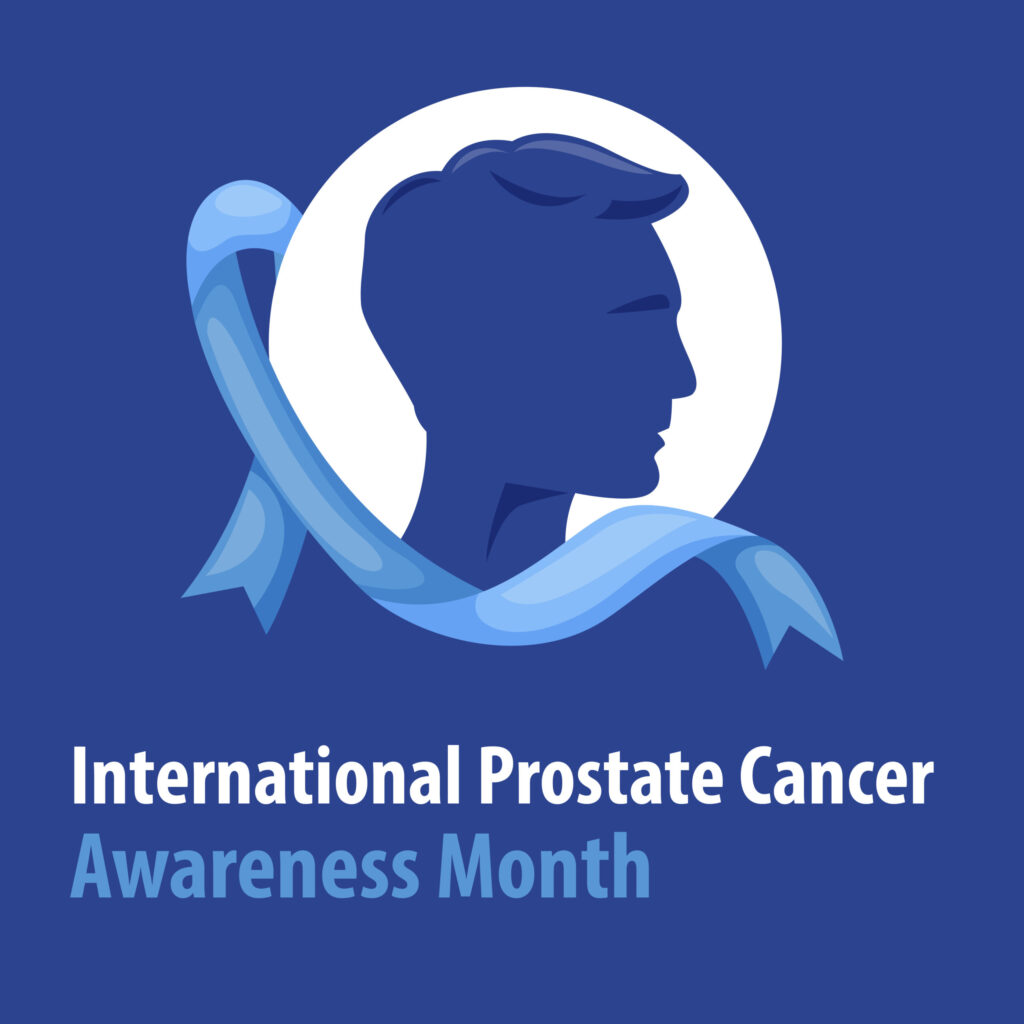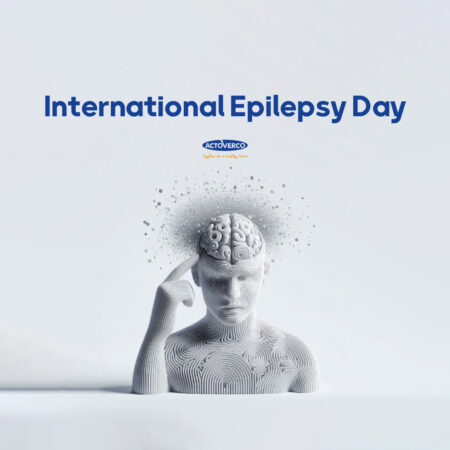Every year, September is recognized as Prostate Cancer Awareness Month, aimed at increasing public awareness about this disease. This month-long campaign is designed to educate the community, encourage early detection, and support those affected by prostate cancer.
Understanding Prostate Cancer
Prostate cancer is one of the most common types of cancer among men worldwide. The prostate is a small, walnut-sized gland that produces seminal fluid in men. Prostate cancer occurs in this gland. While the disease usually progresses slowly and may remain confined to the prostate, some types can be very aggressive and spread rapidly.
The Importance of Early Detection
One of the main goals of Prostate Cancer Awareness Month is to encourage men, especially those over 50, to undergo regular check-ups. These check-ups often include a blood test for Prostate-Specific Antigen (PSA) and a clinical examination. Regular screenings can detect prostate cancer in its early stages, often before symptoms appear.
Risk Factors and Prevention of Prostate Cancer
Various factors, such as age and family history, can increase the risk of developing prostate cancer and related conditions. While some of these risk factors are unchangeable, adopting a healthier lifestyle—such as a proper diet, regular exercise, and avoiding smoking—can reduce the likelihood of developing the disease.
Supporting Individuals with Prostate Cancer
In addition to raising awareness, Prostate Cancer Awareness Month focuses on supporting individuals and families affected by prostate cancer. Support groups, educational resources, and fundraising events are organized to provide emotional support and assistance to patients and their loved ones. These efforts aim to improve the quality of life for those with prostate cancer and to secure funding for better research and, ultimately, more effective treatments.
Conclusion
Prostate cancer often presents no symptoms in its early stages; however, if detected early, it can be effectively managed with treatment. Therefore, raising awareness about the importance of regular screenings and recognizing the warning signs of this disease plays a crucial role in reducing mortality rates.



















